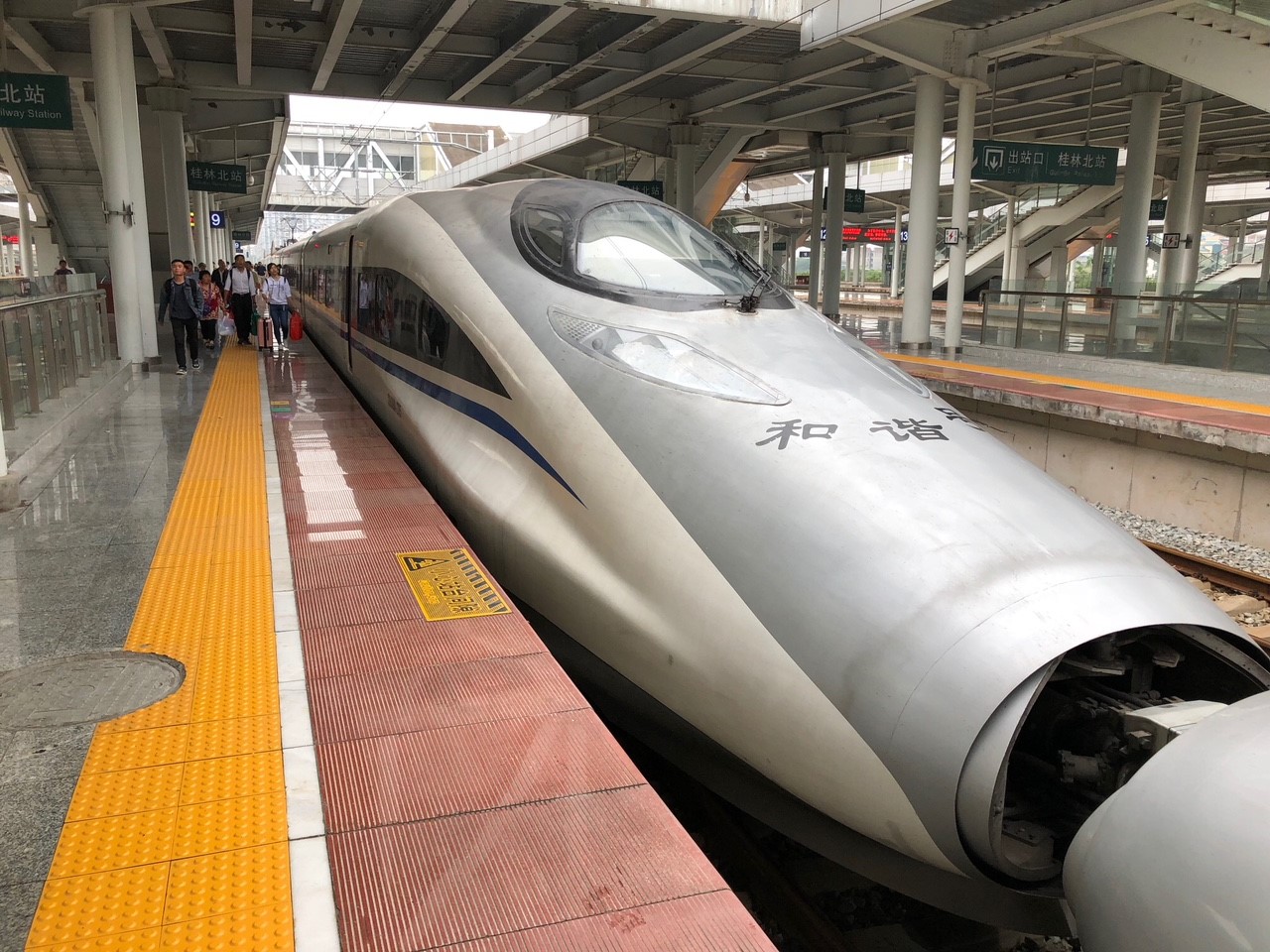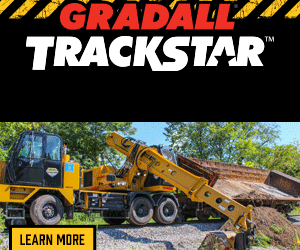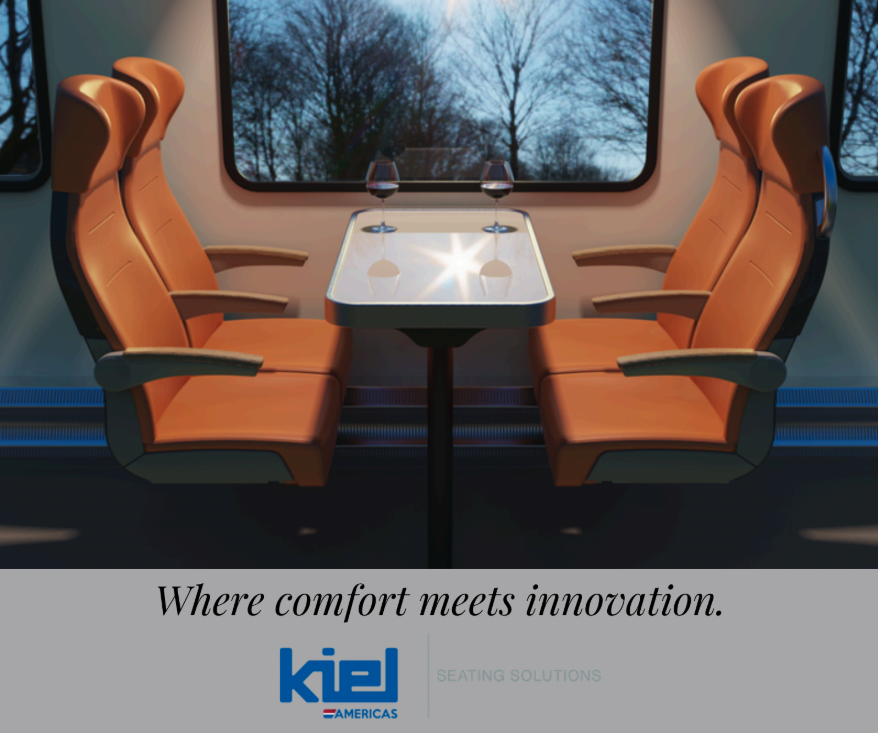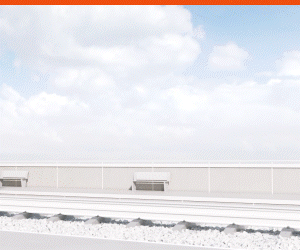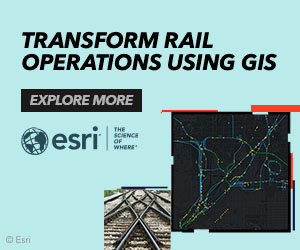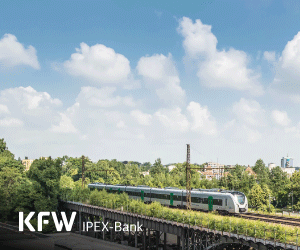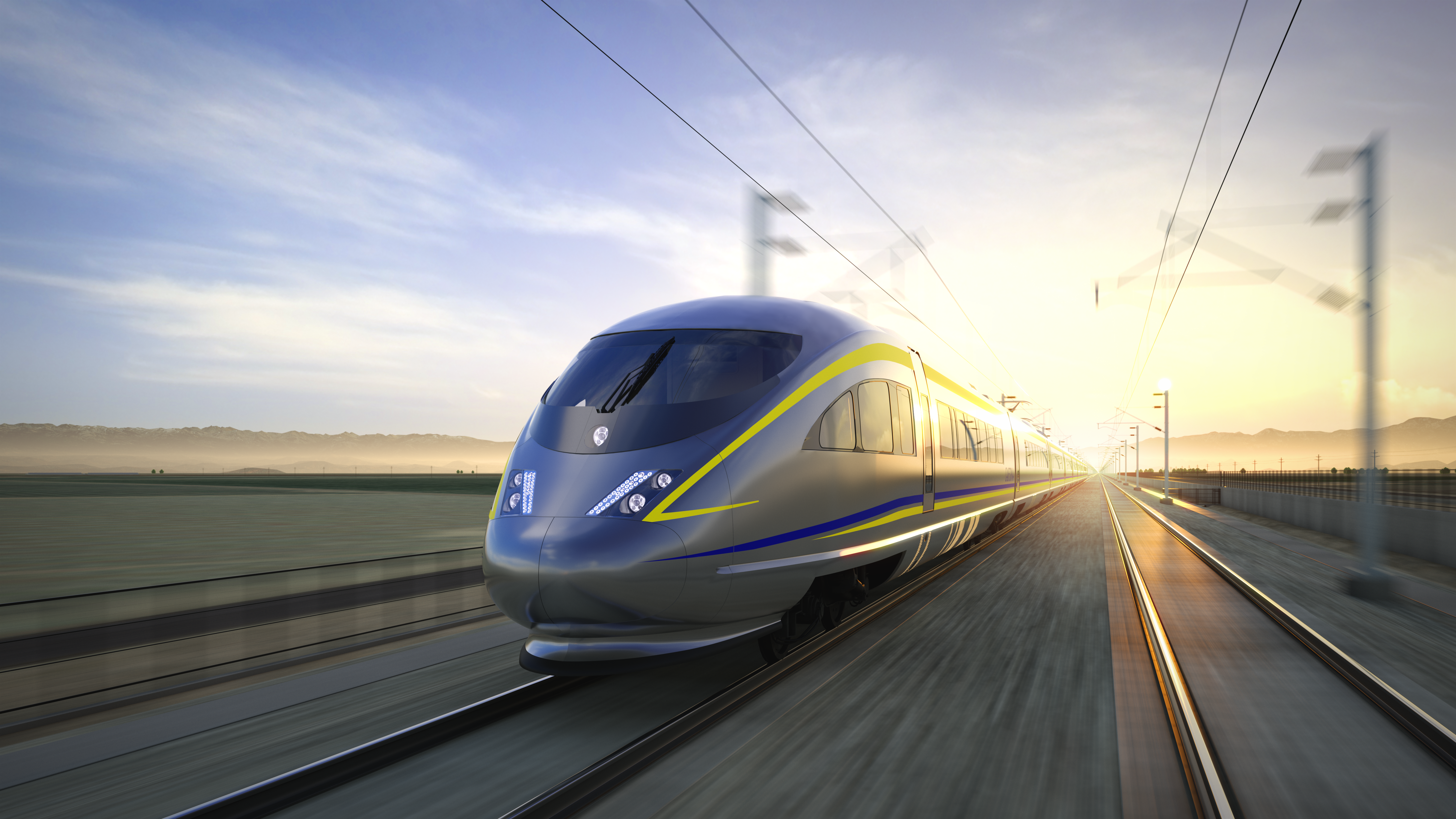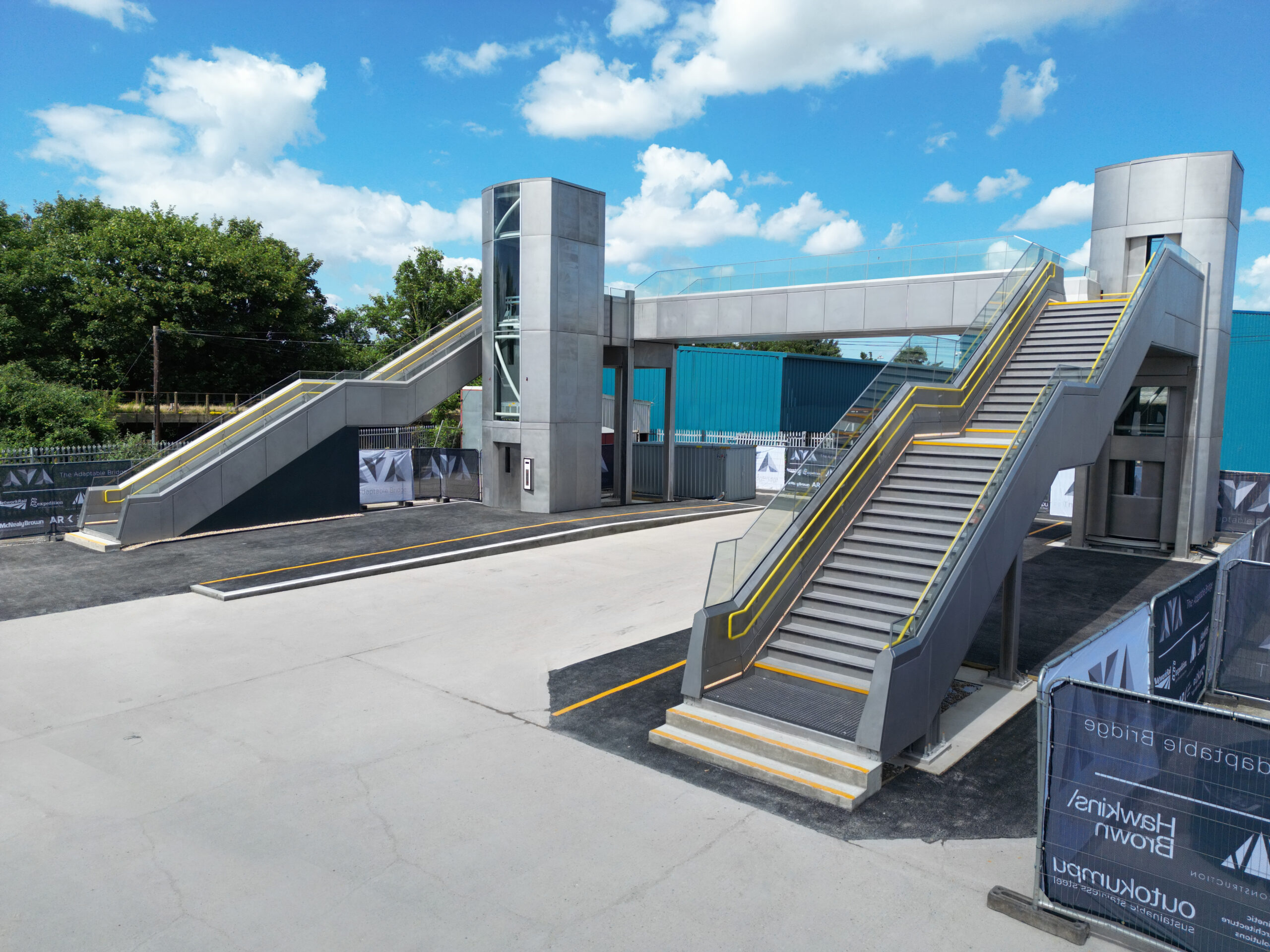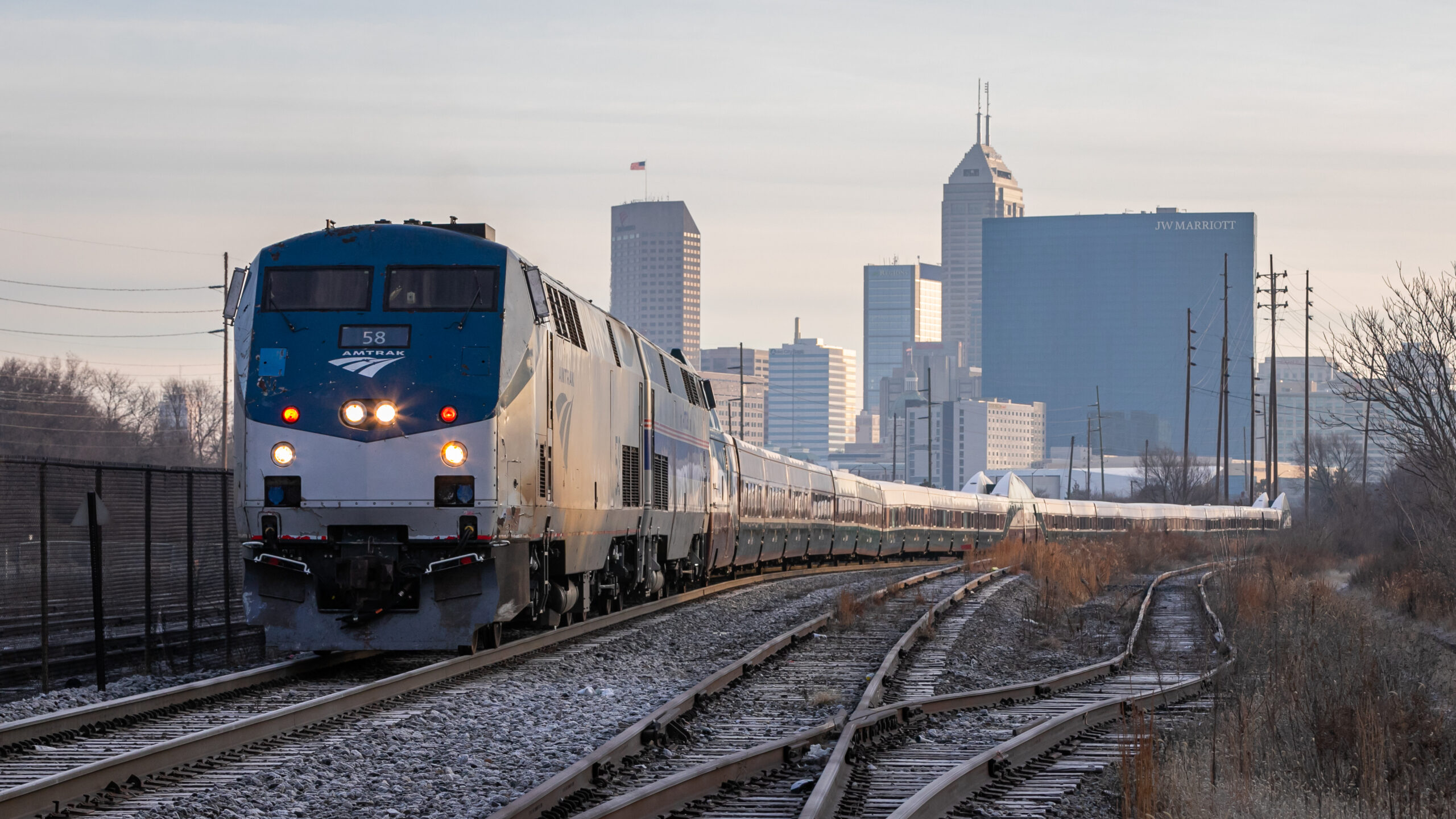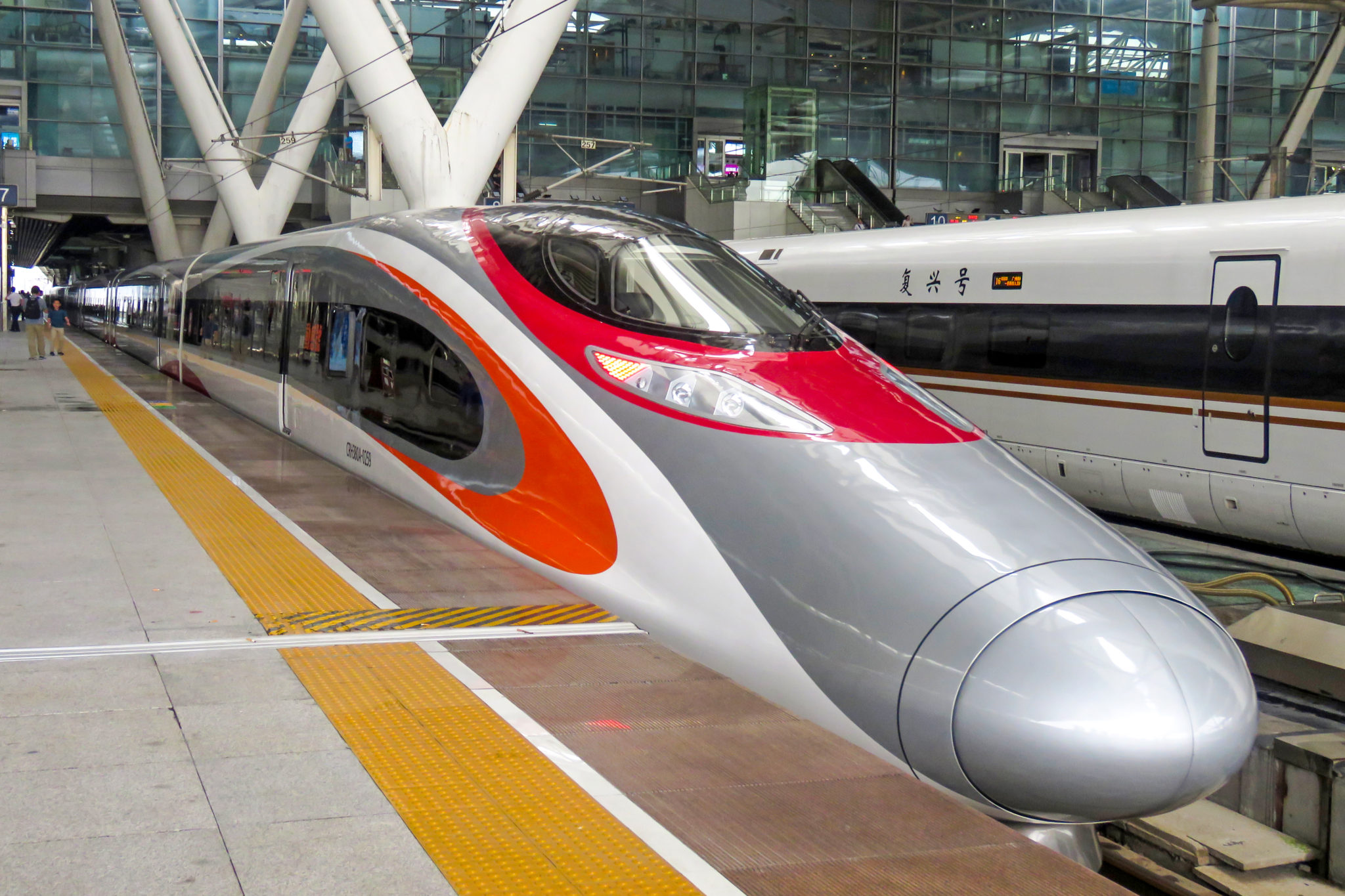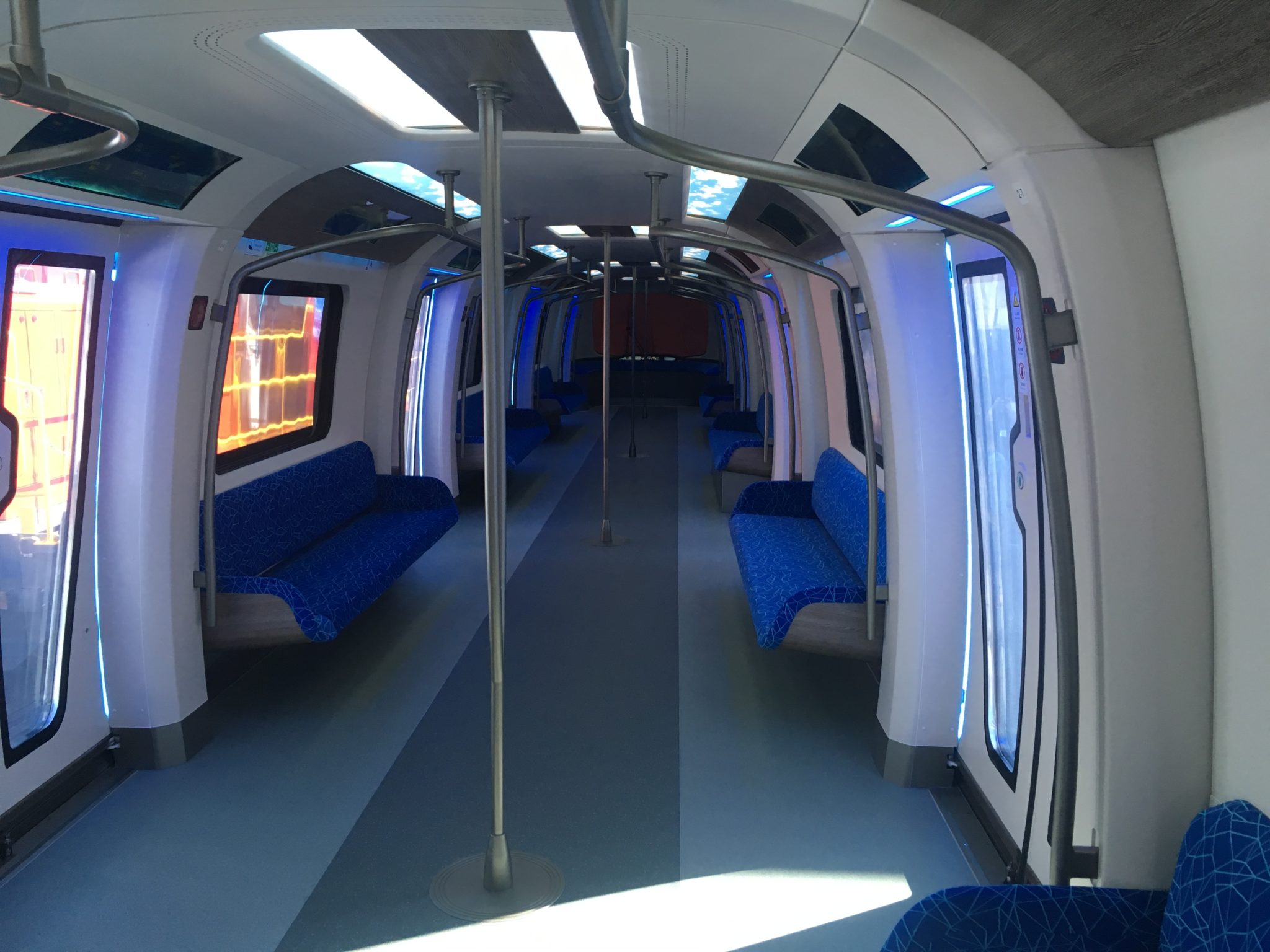By Dave Ashton, CEO of Loco2 – the comparison and booking platform for train tickets in the UK and Europe

The rail industry is going through a revolution. It’s easier than ever to buy your train tickets through apps and websites to travel almost anywhere in Western Europe. Tickets are immediately available on your mobile device and live data in apps (on-time status, departure platforms, etc.) is becoming de rigeur. In many cities, you can tap your contactless bank card to pay for public transport. And of course Uber has reinvented the taxi sector.
And what about train stations themselves? They too, are modernising. Earlier this year I took an epic train journey in China, from Beijing all the way to Hong Kong. More than 3500km in a long arc through Xian, Chengdu, Guilin and Shenzhen.
What impressed me most about the experience – beyond traveling overland at 300km an hour – was the train stations. They look more like Heathrow Terminal 5 than St Pancras. Their modern stores and restaurants accommodate tens of millions of passengers every year, with free Wi-Fi and comfortable lounges for those who want them. And it was clear they’ve planned significant additional modernisation projects.
China has had both the unfathomable challenge and beautiful luxury of building its transportation and communication infrastructure almost from scratch the last 25 years. That won’t happen in Europe: rail stations in major cities have been present since the 19th century. But there is still a lot of modernising to come in the next decade. There must be a better passenger experience not just for those travelling. We must make life easier for the people who pass through the stations that are our departure and arrival points. That last bit might just be closer to reality than you think.
I’m a technology enthusiast and frequent traveller. Therefore, I welcome any innovation or development that serves both growing rail demand and makes people’s lives better. And what’s coming will definitely do that. Not just for people in major cities but even for those in places further afield. The concept of a smart railway station, sometimes called “living transport hubs”, is coming soon.
Below is a list of my predictions of what train stations will offer us in the next decade.
Read: Just the Ticket: How Third-Party Sellers are Providing a Better Deal on Rail Fares

1) Sleepover stations
Train stations appeared during the Industrial Revolution. Back then they were largely soot-covered depots for trains to collect more coal and/or drop off passengers. The last thing anyone wanted was to sleep there. It’s not that way anymore. Passengers want to be comfortable not just while they’re travelling. They want to be comfortable during the waiting hours between connecting trains, too.
I can imagine large sleeping islands appearing inside train stations for passengers to sit back and relax. This will happen in a few years’ time. Furthermore, in the next decade-plus, train stations will increasingly become not just mini-city/town centres, but people will want train stations to be their homes. By 2030 more and more train stations will add housing. This accommodation will become highly sought after given the good locations in which it’ll be placed. This will be the case in both big and small cities.
2) Supermarket aisles
3) Takeaways on-demand
So grocery shopping via click and collect services is already available at some train stations, but what about takeaway and fast food?According to NPD Group, over the past decade, the takeaway delivery market has grown from £2.4 billion to a burgeoning channel worth £4.2 billion as of February 2018, a 73% increase.
4) Mobile health clinics
5) Workout on your way
Trying to squeeze a daily workout at the gym is a common struggle for time-poor Britons (or maybe you’re just lazy, like me?). But what if your local train station had its own gym with ample space to workout, access to fitness equipment and facilities, and wait for it…a pool for that peaceful morning swim?
6) Drop-in workspaces
In 2014, Network Rail and The Office Group announced they were opening three drop-in workspaces in King’s Cross, Liverpool Street and Leeds stations as part of joint venture The Station Office Network, an initiative intended to provide mobile offices in train stations throughout the UK’s major cities.
7) Virtual ticketing agents
The concept of an innovative hybrid between a virtual walk-up ticket office and a ticket vending machine with a video-linked call centre, is already being welcomed by some train stations. It has been trialled by the central station in Essen, Germany in cooperation with Essener Verkehrs-AG (EVAG), and this year Greater Anglia rolled out virtual ticketing agents across rural rail stations in East Anglia.
8) Integration with other transport modes
As the idea of driverless cars starts to entice urban dwellers, there have been debates about whether these will replace high-speed rail. However, I see it as an opportunity to collaborate. Stations represent an obvious focal point for those operating fleets of autonomous and connected vehicles (CAV). Their ability to assimilate this technology into the stations will be critical. Milton Keynes Central station is the UK’s first Smart Station Demonstrator for future innovations within the rail sector. They are testing the impact of automated buses and metro, private vehicles with automated parking, and driverless cars.
